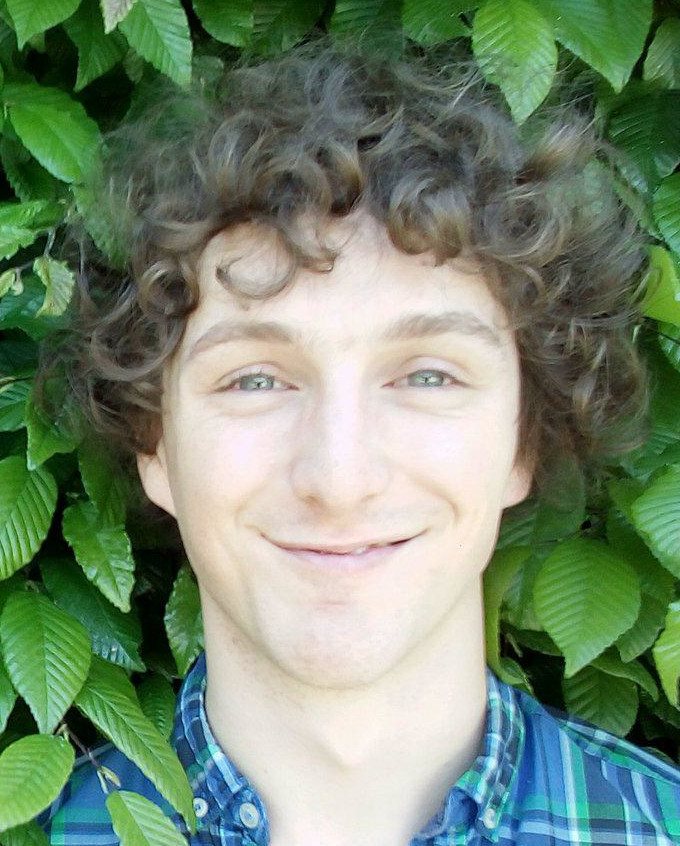Doctorants ILP actuels
 Corentin Cadiou
Corentin Cadiou
I was born in France where I grew up and did most of my studies. I had the chance of joining the Ecole Normale Supérieure in 2012 where I studied physics and computer sciences. After my graduation at the ENS in 2015, I completed a Master’s degree in Astrophysics at the Observatory of Paris and then started my PhD in 2016.
My PhD, at the interface between galaxy formation and cosmology aims at understanding the role of large scale structures on the growth of galaxies and dark matter halos. This question has been growing in importance as new observations, as well as new simulations have shown that this is indeed a key element to understand the statistical properties of the galaxies and their dark halo.
With my two supervisors, Yohan Dubois and Christophe Pichon, we have been developing new tools to tackle this problem. Our first project led us to develop an extension to the so-called excursion set theory, paving the way to study the variables describing the assembly of dark matter halos (accretion rate, formation rate, typical mass) as a function of the distance and orientation to the large scale structures of the universe. We have shown that theoretically speaking, the large scale structures have a non-null impact on the assembly of dark matter halos and should hence be taken into account for detailed halo models. We also exhibited a natural and theoretically-motivated variable to take into account the influence of the large scale structure.
In a second project, we are studying the impact of cold filamentary accretion at high redshift on galaxies on star formation, AGN activity and disk formation. It has been shown that these flows are prominent at medium to high redshifts and are able to drive the gas from the far outskirt of galaxies down to their very center. These flows are hence connecting the mildly non-linear large-scale environment to the highly non-linear center of galaxies. For this study, we developed a new module to the RAMSES code (a high-performance hydrodynamical and cosmological code) to be able to follow the Lagrangian evolution of the gas as it falls onto galaxies. We are currently performing detailed simulation using this new code.
Contact:





